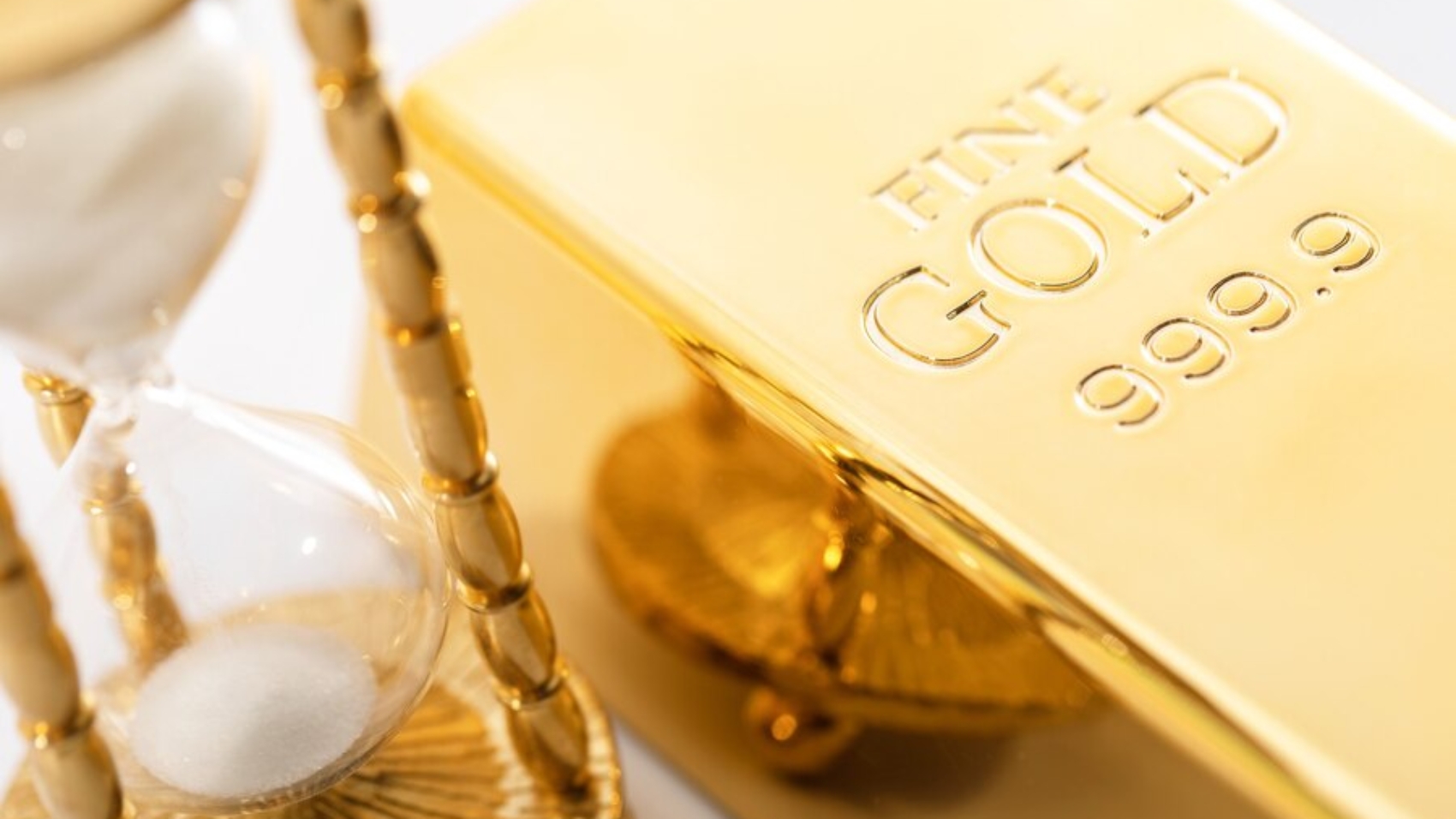Introduction:
Gold, the age-old symbol of wealth and prosperity, has captivated the human imagination for centuries. Its allure lies not only in its aesthetic appeal but also in its historical significance as a store of value. The price of gold has experienced remarkable fluctuations over time, driven by a multitude of factors ranging from economic conditions to geopolitical tensions. In this article, we delve into the past performance of gold prices and explore the potential scenarios that might shape its future trajectory.
The Historical Roller Coaster:
The journey of gold prices has been nothing short of a roller coaster ride. Over the past few decades, it has displayed remarkable resilience in the face of economic upheavals. The 1970s witnessed a surge in gold prices as the United States abandoned the gold standard, leading to a period of high inflation and economic uncertainty. The 1980s and 1990s saw relatively stable prices as economies regained their footing.
The Turn of the Millennium:
As the new millennium dawned, gold prices entered a period of sustained growth. The early 2000s were marked by a confluence of events – the dot-com bubble burst, geopolitical tensions, and a growing demand from emerging economies. These factors propelled gold prices to new heights, culminating in the historic peak in 2011.
The Global Financial Crisis and Beyond:
The 2008 global financial crisis sent shockwaves through the world economy, prompting investors to flock to the perceived safety of gold. In the subsequent years, central banks embarked on quantitative easing programs, further bolstering gold’s appeal as a hedge against inflation and currency devaluation.
Future Potential:
Predicting the future price of gold is a challenging task, as it is influenced by an intricate interplay of economic, geopolitical, and market-specific factors. Some key considerations for gold’s potential in the future include:
- Economic Conditions: Gold often performs well during economic uncertainties. If economies face downturns or inflationary pressures, the demand for gold as a safe haven may rise.
- Interest Rates and Central Bank Policies: The stance of central banks, particularly regarding interest rates, can impact gold prices. Low interest rates can make non-yielding assets like gold more attractive.
- Geopolitical Tensions: Political instability and global conflicts tend to drive up demand for gold as investors seek stability in uncertain times.
- Currency Fluctuations: Gold is often seen as a hedge against currency fluctuations. A weakening currency can drive up the price of gold.
- Supply and Demand: The availability of new gold reserves, as well as shifts in consumer and investor demand, can significantly influence prices.
- Technological Advancements: The use of gold in various industrial applications, like electronics, can impact its demand and price.
Conclusion:
The story of gold’s past performance is a tale of resilience and adaptability. From its use as currency in ancient civilizations to its role as a hedge against modern financial uncertainties, gold’s value has endured the test of time. While its future trajectory remains uncertain, the potential for gold to retain its allure as a safe haven and a store of value cannot be dismissed. As the global economy continues to evolve, gold’s shimmering potential in portfolios may continue to capture the attention of investors worldwide.




Add a Comment